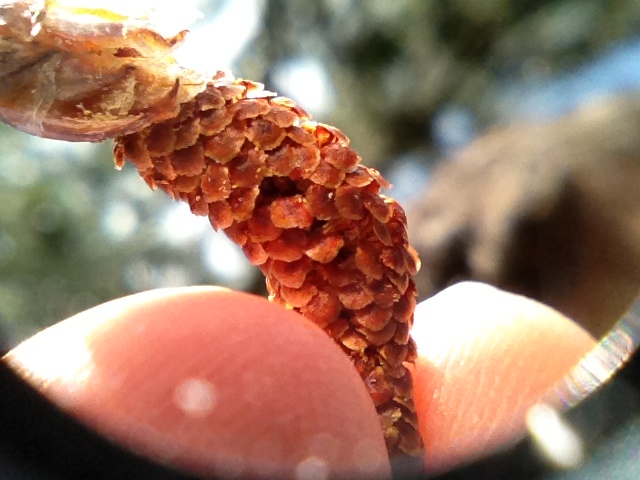Tablets as Microscopes
By Martin Horejsi
Posted on 2012-08-29
The cameras on tablets work great for general picture taking, but they also can work as magnifiers and microscopes.

A good place to start is by placing additional lenses directly on the camera to see how it preforms. Low power loupes from 4x to 8x work for capturing detail in small objects, and magnifiers from 10x to 20x make for great close-ups.


Jewelers’ loupes are usually directional so consider the camera as the eye. This means that magnifiers might be placed on the camera upside-down compared to if you were looking at the camera through the magnifier.


Mini microscopes up to 40x can also be used, however the margin of error is fairly large, but much more portable than using a standard microscope.

Traditional stereomicroscopes and compound microscopes will work well with the tablet camera just as they will with a point-and-shoot digital camera.
The best way to experience the power of a magnified tablet camera is to take one for a spin. Just remember the following best practices:
- The depth of field (what is in focus) is quite narrow so focus is critical. Many tablets will focus on a central spot in the image unless a different area is selected by touching the screen image where you want the camera to focus.
- Stability is critical. The movement of the camera is magnified the same amount as the image.
- The more light, the better, but tablet cameras are usually temperamental when light amounts change. Many cameras are also prone to bright spot washouts when spotlights or flashlights are used too close to the subject.
- Lock the screen rotation to fix the shutter button. Otherwise the button will move around the screen as the tablet is tilted.
- Some cameras will zoom when a pinch-out gesture is used on the screen. iPads have zooms on their back-side cameras, but not on the front (screen-side) cameras. The zoom is digital so zooming degrades the image. However, it can also reduce vignetting which may help to get a better exposure.
- Take lots of pictures. First, they are digital and can easily be deleted. And second, practice makes perfect.
Disclaimer: The views expressed in this blog post are those of the author(s) and do not necessarily reflect the official position of the National Science Teaching Association (NSTA).


